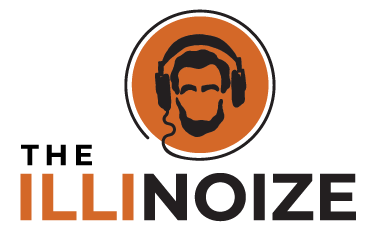UPDATED: Pritzker Declares State Disaster Following Major Snowfall
A Chicago resident begins to dig out her car Tuesday morning following a major snowfall that dropped more than a foot-and-a-half of snow in some places. (Photo credit: Chicago Tribune)
Following 18” of snow in some parts of the state in the past 72 hours, Governor JB Pritzker has declared a disaster area in all 102 counties in the state.
From the Governor’s office:
SPRINGFIELD – Governor JB Pritzker issued a disaster proclamation for all 102 counties in response to the dangerous winter storm that has blanketed the state with life threatening wind chills, power outages and accumulating snow. The extreme arctic temperatures affecting more than ten states adds additional stress on utility providers across the nation. As of 10:30 a.m. on Tuesday, approximately 7,000 Illinois households were without power, and that number is expected to fluctuate as the strain of arctic temperatures and extreme weather continues. To alleviate stress on the nation’s grid, all Illinois residents are encouraged to take appropriate measures to safely conserve energy.
“I have directed my administration to use all resources at our disposal to keep our communities safe amid dangerous and ongoing winter weather,” said Governor JB Pritzker. “We are in communication with local governments to ensure they have the support they need in disaster response and recovery operations. We are also working with our federal partners to pursue federal assistance to help communities recover and to do what we can to protect ratepayers from soaring utility bills. I urge all Illinoisans to take this extreme weather seriously, avoid all unnecessary travel and check in on your neighbors.”
Extreme weather has resulted in frozen wells in key natural gas producing states, including Texas, Oklahoma and Kansas. The sub-zero temperatures are resulting in increased demand and decreased supply, causing natural gas prices to spike. Utility companies across the nation are reporting soaring wholesale costs, and without federal intervention, those increased prices could result in higher utility bills for Illinois residents in the coming weeks.
“Proper home heating is a critical issue during the winter months, and over time has proven deadly for many families,” said IEMA Director Alicia Tate-Nadeau. “If using an alternative heating source during this extreme weather, take a moment to ensure that your carbon monoxide detector is working properly. The proper safety precautions can save lives during extreme weather.”
UPDATE (1:48 P.M.):
We sent a few questions to Illinois Emergency Management Agency spokesperson Becky Clark (who we’ve known for years and consider a friend) :
What is the funding mechanism for this?
The state is working with our federal counterparts to identify any and all funding mechanisms available to the State, including but not limited to SBA small business loans and the FEMA public assistance or individual assistance program, which are only available following a presidential declaration under the Stafford Act.
Does FEMA typically reimburse state costs?
FEMA public assistance program pays for 75% of eligible expenses. The remaining 25% is to be paid by the state or local recipient, and can be offset through a variety of ways including volunteer hours and in-kind donations.
Is there a line item that gets used for these "resources" to local government? Has there beena drain on that line item with the ongoing COVID-19 EO's?
IEMA has a Disaster Recovery line in the state budget. Through the COVID-19 pandemic, the state has used [federal] CARES funds to help offset the state matching requirement.
—-


